So far, the spring season of 2019 has been a wild one with water levels at an all-time high in some locations. It’s happening from north to south. From what I’ve heard, the reason for all this high water is that Ontario doesn’t want to flood Montreal (don’t tell that to Leaf fans). By being situated downriver on the St. Lawrence River, this famous Canadian city is susceptible to major flooding, and it’s all controlled by a series of dams along the St. Lawrence River.
To me, it’s kind of crazy that the water—even into June—is still rising! That’s a lot of water. Where the hell is it coming from? Obviously, if it isn’t raining in buckets, the last remaining snow, ice, and frost, etc. in the absolute north is the culprit.
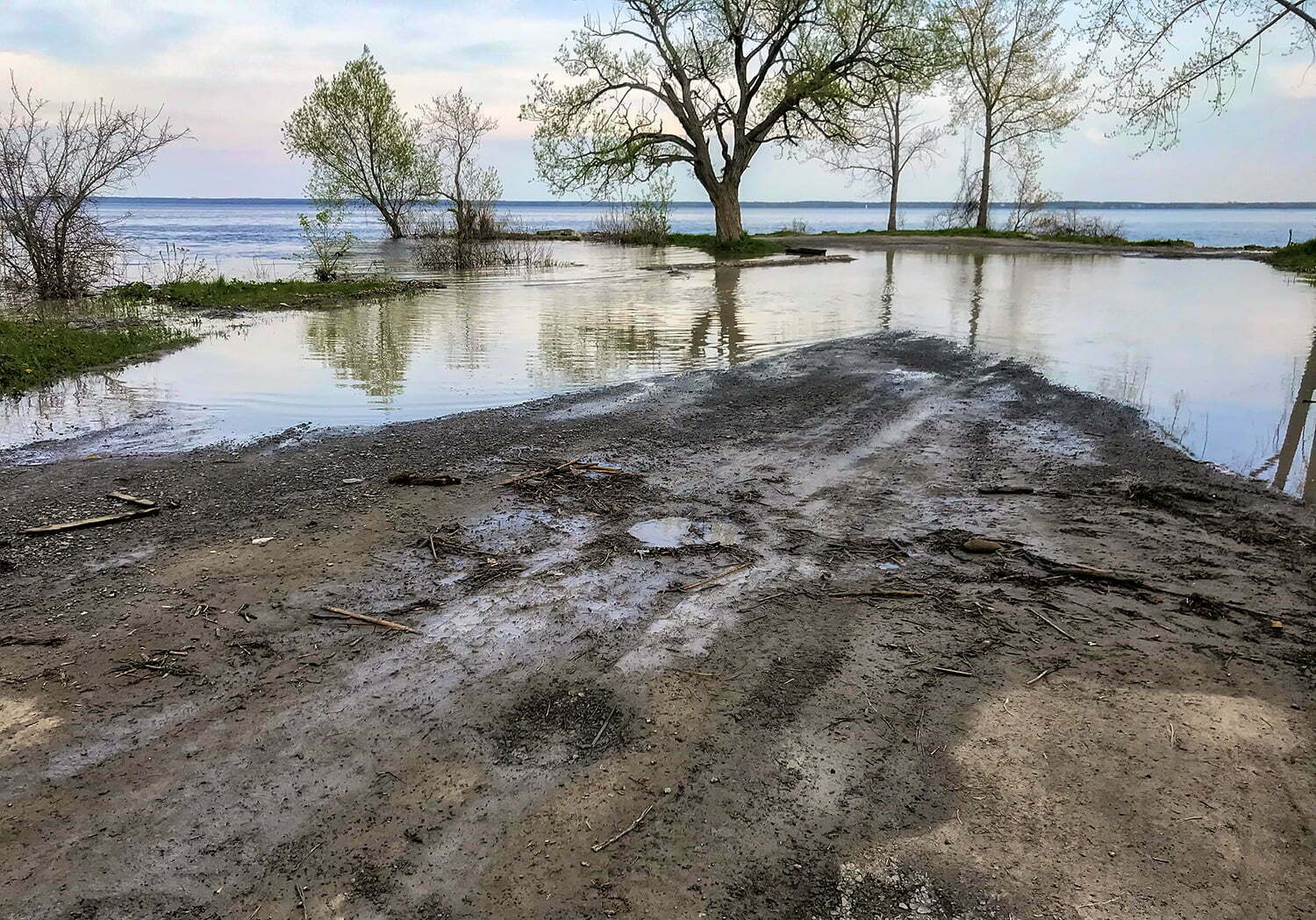
Joining me on my first Walleye trip of the season was my son Cole (who you last saw in the 2013 Fish’n Canada episode Trips Are For Kids) and his buddy Declan. I have to say right here that women are a crafty and resourceful lot: I wanted to take Cole fishing, but he is always hesitant; my wife Lee said “Just have him invite Declan!” The rest is history!
We put in at the soggy Point Anne launch, a mediocre launch on its best day. As you can see from the above pic, however, it’s pretty much a write-off in high water. Since we were fishing directly in front of the launch, I had to give it a proper assessment before leaving to launch elsewhere. Not easily swayed (and a sucker for adventure), I jammed the Ram into Four-Wheel-Drive and all was a non-issue (Kids love that kind of stuff, too).
TO THE WALLEYE FISHING
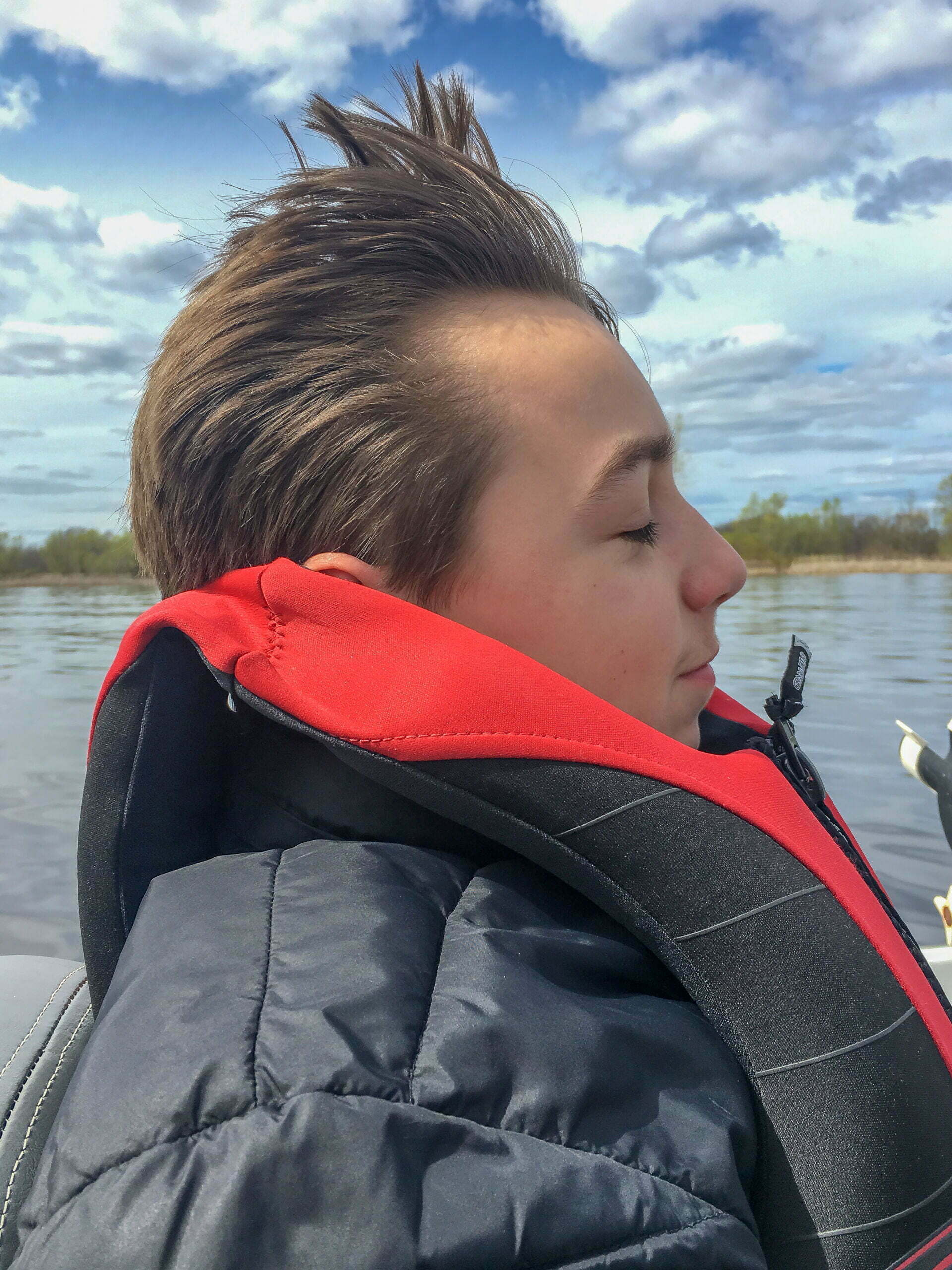

The only biting Walleye we could find was a scattered bunch of fish hugging the bottom and not very visible on my Garmin EchoMap Plus 95SV. When fish are tight to the bottom, I like to use my traditional fishfinder/sonar screen as it seems to work best for me in that kind of situation.
We dragged 1 ½ – 2-ounce bottom-bouncers with worm harnesses in 20+ feet of water at a nice 1.2mph pace. If we went slower, the perch would annihilate our worms. And if we went faster, nothing would bite! As crazy as it sounds, speed can be critical when fishing for Walleye—in fact, it can be the determining factor when trolling (with depth right next to it).
Here’s a rule of thumb concerning weights of bottom bouncers vs depths when fishing. The norm is 1 ounce per 10 feet of water. Examples: 1 oz for 10 feet deep, 2 oz for 20 feet deep, 3 oz for 30 feet deep, etc. Here’s a great article by Gord Pyzer in Outdoor Canada Online Magazine that gives you a great idea of the bottom bouncer depth dilemma.
PANIC MODE
We picked up a couple of Walleye, but it wasn’t exactly fast and furious. Then the searching started. I covered about half of the big bay, scanning the waters almost in panic mode. With nothing happening, we headed back to where we caught some previous fish and, of course, caught four more—tossing two little fellers back.
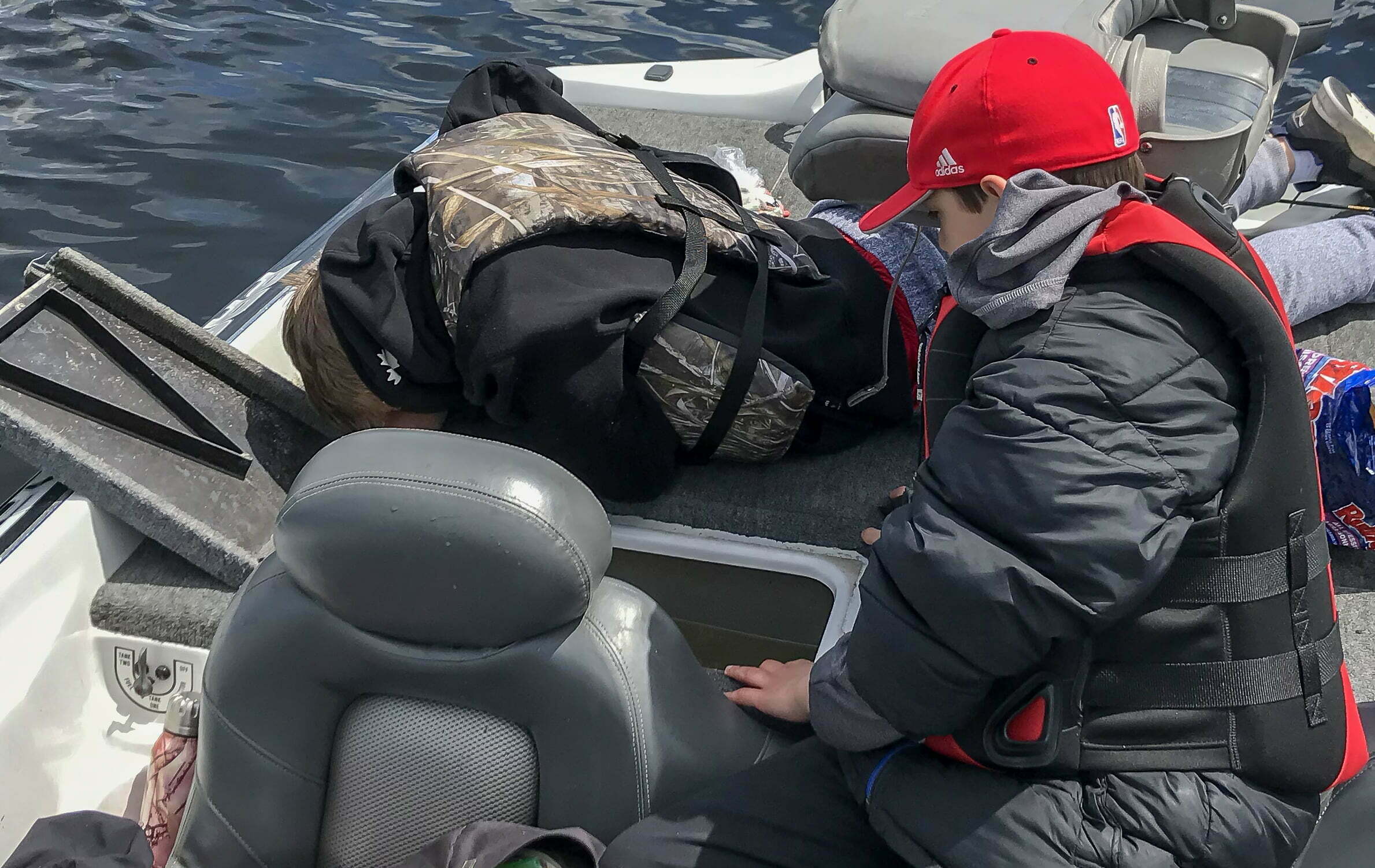
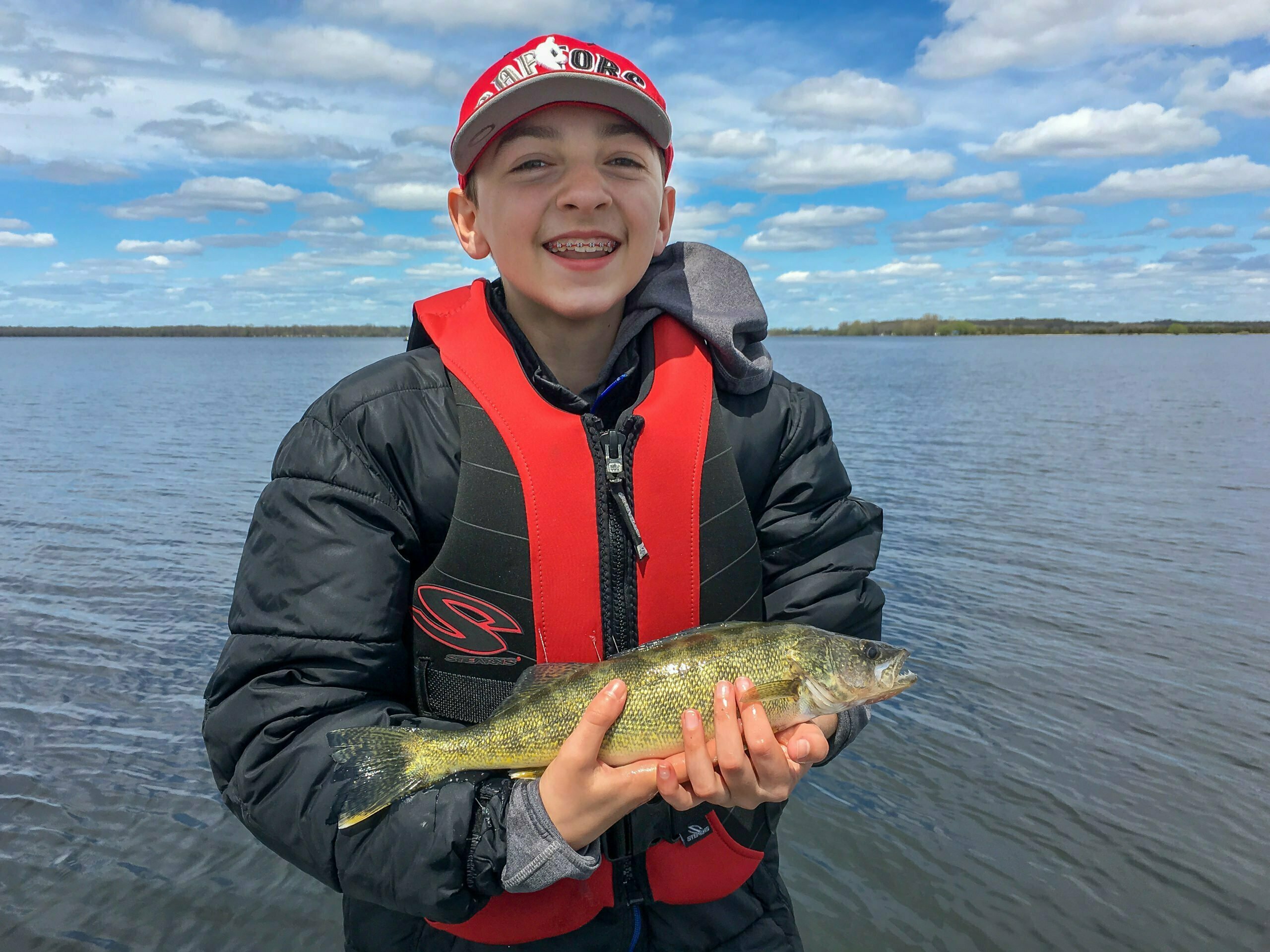
We ended the day in a back bay looking for a shallow Pike. Sure enough, a fun 4-5 pounder smashed a spoon and Cole was into his first Pike ever. With that fish—along with the four Walleye keepers—we had an awesome fish-fry wherein dear ol’ dad was included; that dude loves a good feed of Walleye and Northern!

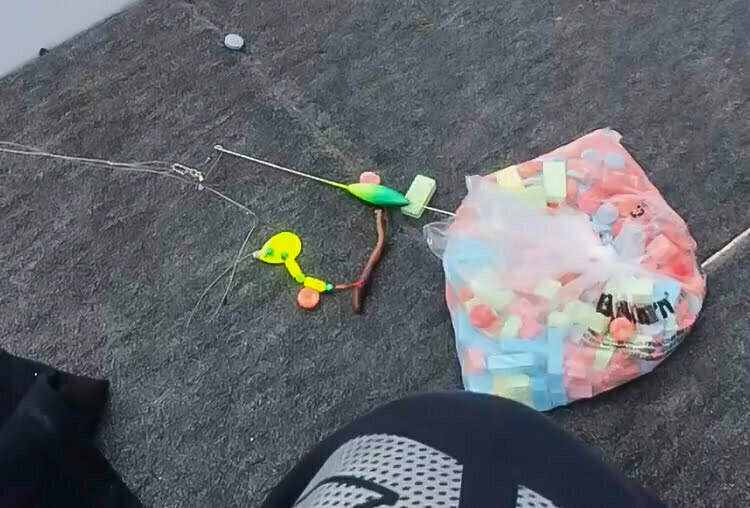
A TOUGH BITE
Even though it was a tough bite, it was a great day on the water with Cole and Declan. They certainly knew how to keep busy during the moments when the fishing sucked (trolling is both good and bad for kids).
I looked back to see what the boys were up to after unhooking a tiny Walleye and, to my surprise, they had that little puppy bagged up and under observation! Certainly clever and entertaining. They released it after about a minute of fun in the sun. I laughed and called them a couple of tools!
I may not get back to Quinte until Bass season or maybe not even get back for until the fall for Walleye, but I will always say this: I love hitting that body of water for pretty much anything that swims.
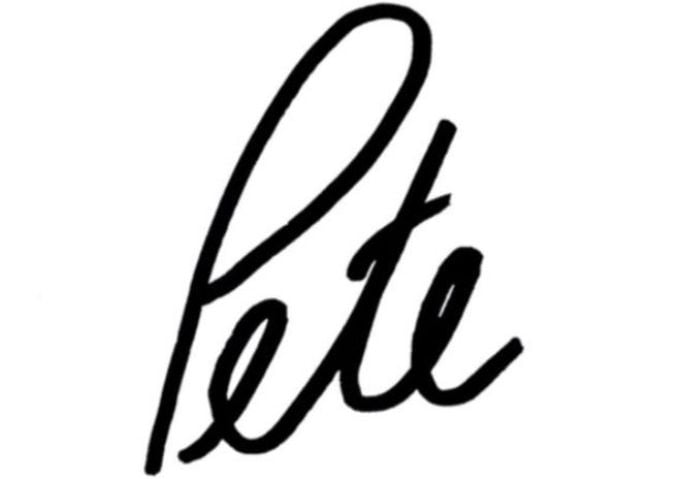
Pete Bowman
